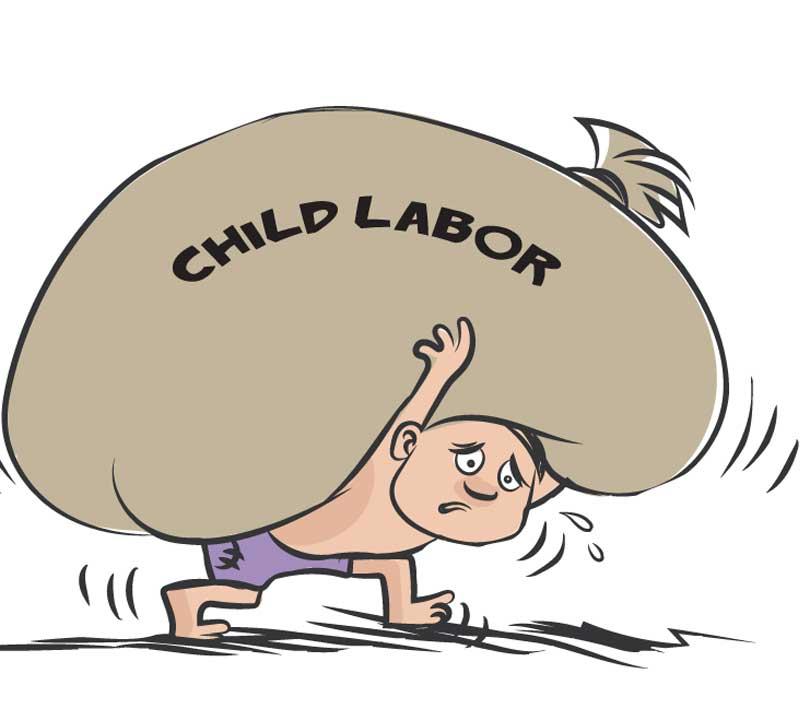Reply To:
Name - Reply Comment

When 16-year-old Jude Kumar Ishalini from Dayagama succumbed to severe burn injuries while being employed at a former Minister’s residence, it exposed the harrowing consequences of child labour. Subsequent arrests and two postmortems revealed that Ishalini was subjected to long-term sexual abuse, sparking islandwide protests by estate workers and human rights activists, demanding justice for the deceased. In the wake of this incident, the Sri Lankan government made some efforts to not only raise the age of minors from 16 to 18 but also categorised forced domestic work as a Worst Form of Child Labour.
Ishalini is one among thousands of other minors who are being pushed or rather forced to engage in commercial work due to abject poverty. Reports indicate that minors are being employed across all sectors, from agriculture to fisheries, manufacturing including textiles and garments, mining, domestic work, transportation, vending in stores, begging on streets, painting and washing buildings and many such cases are largely underreported.
In the estate sector for instance, lack of access to education and transport remains a major barrier for children. Discouraged by the fact that they have to walk long distances to school, many tend to drop out of school even before they face their O/L Examinations. Some schools in the estate sector remain to be primary schools and parents are forced to send their children to faraway places if they are willing to pursue higher education. But with a nominal wage, parents find it difficult to provide a substantial amount of money for tuition and boarding facilities. As a result, children are being pushed to find some sort of employment to earn an extra buck.
This has indeed been a vicious cycle for centuries. However, a 2023 report conducted by Save the Children Germany and its subsidiary The Centre for Child Rights and Business added more fuel to the fire. It revealed that the risk of child labour remains widespread in global supply chains. The study, “Child Rights Risks in Global Supply Chains: Why a ‘Zero Tolerance’ Approach is not Enough”, evaluated 20 child rights risk assessments in international supply chains and found child labour in half of them despite a zero-tolerance approach by companies. The report conducted between 2019 and 2022 shed light on risk factors and business practices within the manufacturing, agriculture and mining industries in Ethiopia, Brazil, India, Indonesia, Sri Lanka, Vietnam, Turkiye and the Democratic Republic of Congo.
A recent BBC investigation also revealed how minors have been used to pick jasmines supplied to some of the leading perfume brands in the world. The jasmines used in many of these brands come from Egypt - which produces half of the world’s supply of jasmine, a key perfume ingredient. The investigation revealed that since many luxury brands are ‘squeezing budgets’ resulting in very low pay, Egyptian jasmine pickers are forced to involve their children. Following the investigation the UN Special Rapporteur on contemporary forms of slavery Tomoya Obokata said that even though the industry has promised many ‘good’ things on paper such as supply chain transparency and the fight against child labour they seem to have been doing the opposite.
This may hold true across many other industries that lack oversight in their supply chains. ‘Let’s Act on our commitments: End Child Labour’ is the theme for the World Day Against Child Labour 2024 which falls today (June 12). Child labour remains very much a risk for children in global supply chains that bring us anything from food to clothes to cell-phones. So while being committed to end all forms of child labour, international organisations may have to ‘up’ their game to monitor the vulnerability of children, especially in lower and middle income countries who may be forced to work in different supply chains, sometimes in hazardous conditions to put food on their tables.